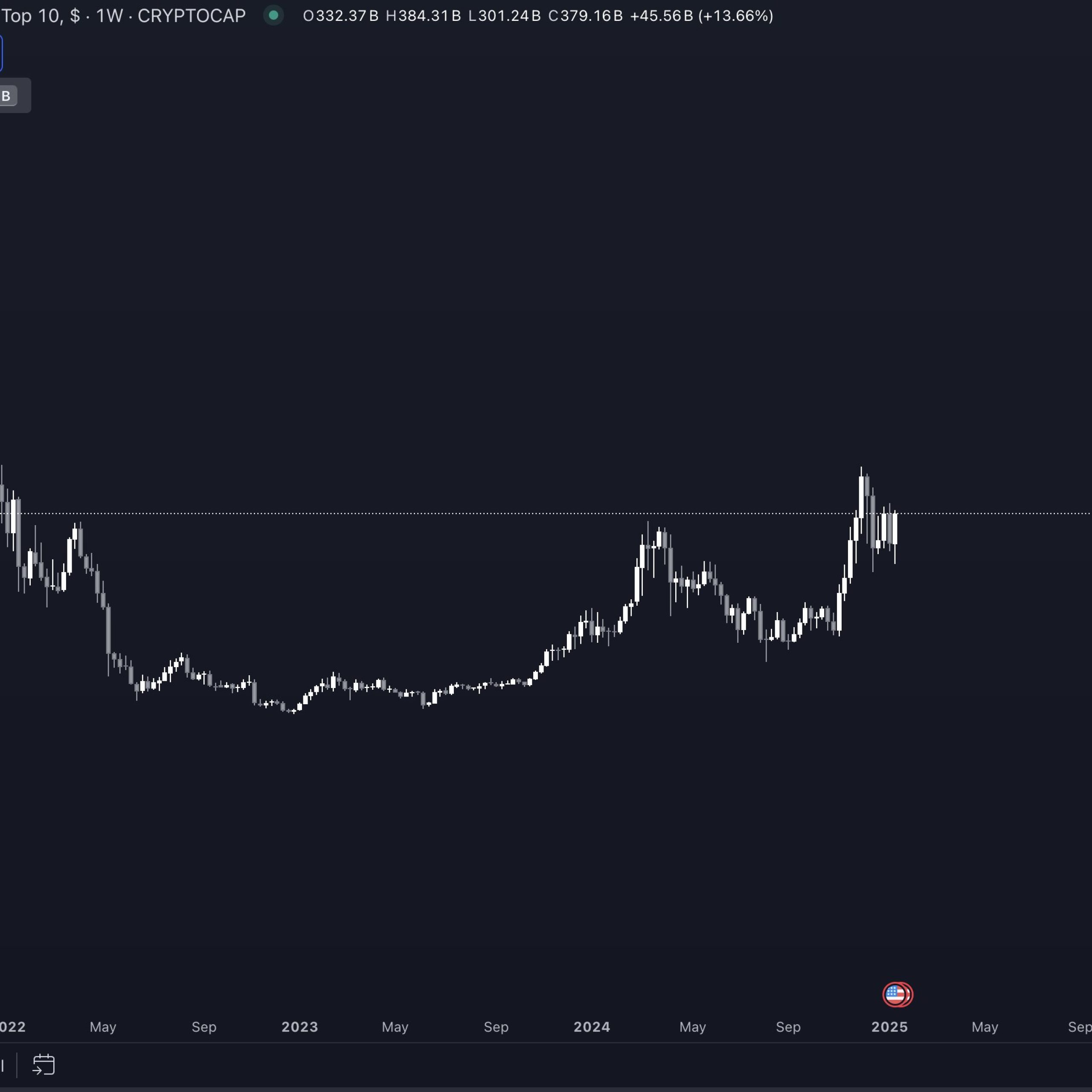
This week, the crypto community is abuzz with discussions about Bitcoin’s 21 million supply cap and the potential for its alteration. On September 4, in a social media exchange, software developer and Bitcoin Core contributor Peter Todd expressed his belief that in “10-20 years the idea of a hard fork to add a small tail emission may not be so controversial any more.” Todd’s remarks ignited a flurry of reactions from crypto aficionados who took issue with his statement.
Rethinking Bitcoin’s 21 Million: A Controversial Crypto Conversation
Many firmly hold that Bitcoin’s 21 million supply cap is unchangeable, yet recent chatter suggests otherwise. A discussion ignited on the social media platform X (previously known as Twitter) when Cake Group’s CEO, Dr. Julian Hosp, penned an X post declaring, “Bitcoin is neither scarce nor rare … it is limited.” The discourse then shifted to remarks Peter Todd made during a chat with Peter McCormack on the What Bitcoin Did podcast. Back in 2019, Todd opined that “Bitcoin should have had a 0.1% or 1% monetary inflation tax to pay for security.”
How to drop the 21 million coin cap?
Easy-peasy! You just change this tiny function in Bitcoin's code and say (mysteriously and expertously) that there's a "coNsEnSUs" for that: pic.twitter.com/mDrK2SpLmo
— Nikita Zhavoronkov (@nikzh) September 5, 2023
On September 3, Todd responded to Hosp’s X thread, elaborating on his belief that a “small tail emission would converge towards a stable monetary supply.” In a subsequent X post, Todd speculated, “I think in, say, 10-20 years the idea of a hard fork to add a small tail emission may not be so controversial any more, and the community as a whole might accept it.” This remark didn’t sit well with many, leading to a slew of criticisms and rebukes against his statement. For instance, Blockchair’s lead developer, Nikita Zhavoronkov, weighed in on Todd’s remark.
“Bitcoin Core is already laying the ground for dismantling the 21 million coin limit,” Zhavoronkov said. “This will be their ‘not so controversial’ solution to the security budget issue. Zhavoronkov ridiculed the developers who won’t increase the block size or consider implementing Drivechains, but think removing the 21 million limit is not so controversial.
“Bitcoin Core is already laying the ground for dismantling the 21 million coin limit,” remarked Zhavoronkov. “This will be their ‘not so controversial’ solution to the security budget issue.” The developer scoffed at programmers reluctant to expand the block size or consider Drivechains, who yet find altering the 21 million limit less contentious. Many voiced concerns, suggesting that altering the supply limit could spell disaster. “The moment you change the fixed supply, the moment Bitcoin can be used as collateral for issuing credit. It becomes part of the financial system,” one commentator elucidated. They further emphasized:
Never change the supply. It’s the most important thing.
Hosp chimed in on Todd’s assertion, finding himself more aligned with the developer’s perspective. “Peter was one of the earliest Bitcoin Core devs that I ever met… I think in 2015 in Hong Kong,” Hosp stated. “I always love and respect his insights. I so appreciate him being intellectually honest about being clear that we will probably have more than [21 million bitcoin] … and it is absolutely fine! 100% aligned.” The blockchain’s supply limit has been a hot topic before in the ecosystem. Back in 2019, during the Satoshi Roundtable, Matt Luongo and attendees delved into the idea of increasing Bitcoin’s 21 million supply cap.
That specific debate also sparked a flurry of responses back then. While some remarks were more tempered, Bitcoin.org’s owner, Cobra Bitcoin, emphatically stated, “There will only ever be 21 million bitcoins. If you have a problem with that, get the f*** out of our community because you aren’t welcome.” Similarly, much like the U.S. Constitution, future generations might perceive things differently than their forebears did years earlier, and they have the power to amend once-revered accords.
Bitcoin operates under code-driven rules, yet it’s also tethered to a social agreement that might shift if upcoming generations don’t hold the supply limit in the same regard. Moreover, when influential figures suggest that such changes might be less contentious now, younger generations might be more inclined to embrace this perspective rather than dismiss it based on long-standing beliefs.
What do you think about the conversations concerning increasing Bitcoin’s overall supply past 21 million? Share your thoughts and opinions about this subject in the comments section below.






